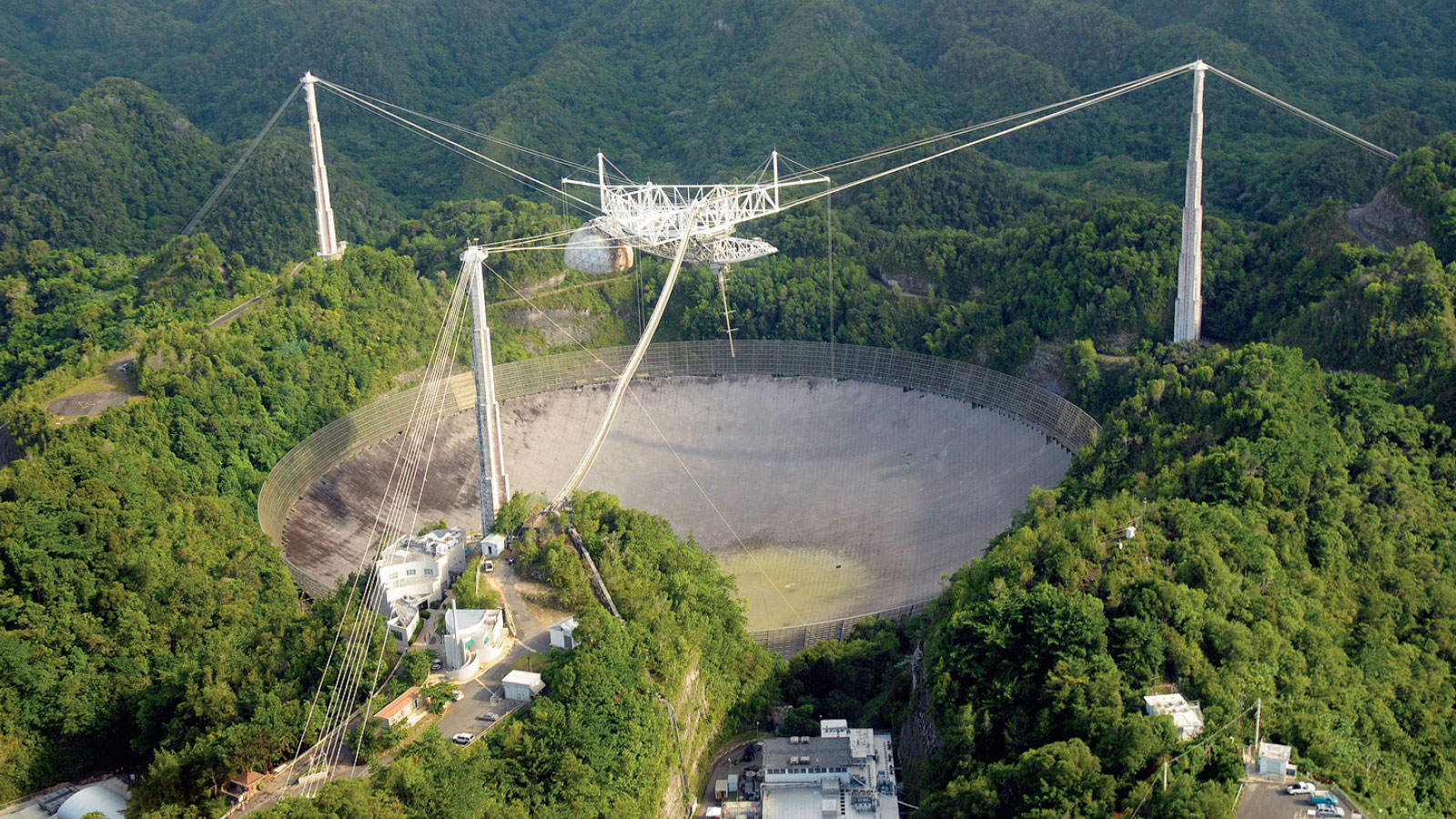
"It's an unfortunate development because a lot of the instruments at the Arecibo Observatory are still functioning, even though the 305-meter dish was obviously in bad shape following the collapse," said Becker. In a phone interview, she told The Register that the decision not to rebuild will have some significant implications in all the areas of science that the Arecibo Observatory conducted, specifically astronomy, planetary science, and space and atmospheric observation. Science budgets aren’t exactly rising by leaps and bounds, so difficult decisions have to be made."ĭr Tracy Becker, group leader of research and development in the space science and engineering division of Southwest Research Institute (SwRI), would have preferred another outcome. "This has to be balanced against their perceived scientific productivity see, for example, the recent retirement of the Stratospheric Observatory for Infrared Astronomy (SOFIA) long before the end of its 20-year primary mission. "A number of other radio, optical and infrared telescopes in the suite of federally funded facilities are of similar age and the costs of their upkeep rise over time," he said.

And this is something, he argues, that governments should consider. Private financing, said Barentine, did not prove to be sufficient to maintain Arecibo as it aged and its requirements increased. While the spectacular collapse of its instrument platform in December 2020 was dramatic, the telescope’s end was slow rolling over many years "And it’s not the first time: the original Green Bank Telescope at the NRAO facility in West Virginia collapsed without warning in 1988." "While the spectacular collapse of its instrument platform in December 2020 was dramatic, the telescope’s end was slow rolling over many years as federal support for the observatory was gradually withdrawn," he said. "Although there are other facilities like it, such as FAST in China, Arecibo was a thoroughly characterized telescope that not only collected data for significant astronomy and upper-atmosphere research, but was also an important testbed for new technology over its history," he said.īarentine sees the telescope as a cautionary tale for the US management of scientific research facilities over time.

Arecibo spared the axe: Iconic observatory vital to science lives onĭr John Barentine, an astronomer and principal consultant of Dark Sky Consulting, told The Register in an email that while he's not a radio astronomer, he considers the loss of Arecibo as a significant blow to the global astronomical research enterprise.Curse of Arecibo strikes again: Now another cable breaks, smashes into America's largest radio telescope.Arecibo Observatory brings forward 'controlled demolition' plans by collapsing all by itself."The scientific community has expressed broad support for an expanded educational facility," said the NSF in a statement. Efforts to save the telescope failed and in November 2020, a decision was made to demolish the damaged structure.

Damaged in Hurricane Maria in 2017, Arecibo continued to operate until 2020 when a heavy cable fell and damaged the main telescope dish.


 0 kommentar(er)
0 kommentar(er)
